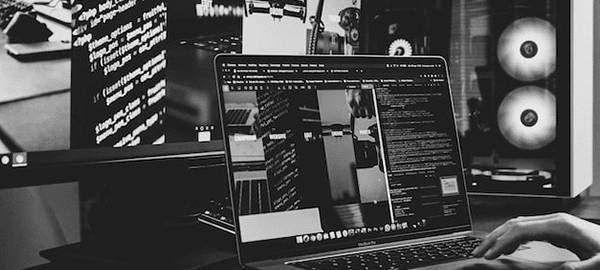What are the requirements for a WordPress server?

Did you know that there are more than 1.1 million new registered WordPress domains every 6 months?
WordPress is one of the easiest and most powerful blogging and website content management systems created. Some of the biggest brands use WordPress like The New Yorker, MTV News, The Walking Dead on AMC, and so much more.
Who knew?
If you are new to the WordPress server, understanding what the requirements and features are will help you decide if it’s the right choice for you.
See Also: Our ecommerce server hosting solutions
What Are the WordPress Server Requirements for Version 5.2+?
The recommended hardware requirements for running WordPress are:
- Disk Space: 1GB+
- Web Server: Apache or Nginx
- Database: MySQL version 5.0.15 or greater or any version of MariaDB.
- RAM: 512MB+
- PHP: Version 7.3 or greater.
- Processor: 1.0GHz+
It’s recommended that your host supports PHP 7.3 or above, MySQL 5.6 or above, the mod_rewrite Apache module, and HTTPS support.
Apache or Nginx are the most robust and feature-abundant servers for running WordPress, but any server that supports PHP and MySQL will do.
A quick side note, if you only have older PHP or MySQL versions, WordPress also works with PHP 5.2.4+ and MySQL 5.0+, but your site may not run well.
It’s not required for a WordPress server, but you should have a memory limit of at least 512MB, increase the connection limit, increase the timeout setting of PHP, and disable aborting the request processing if a user closes the site on accident.
Installing WordPress
First of all, WordPress is easy to install. Under most circumstances, it takes less than 5 minutes.
Begin your installation by,
- Checking to make sure your web host has the minimum requirements to run WordPress
- Downloading the most current version
- Unzipping the downloaded files
- Creating a secure password
- Keep the page open during installation
Famous 5-Minute Installation
For those that aren’t web experts, here are some easier tips:
- Download and unzip the WordPress package.
- Create a database for WordPress on your web server.
- Upload the WordPress files to the desired location of your web server.
- Run the WordPress installation script by accessing your URL in any web browser
Do You Need a Database?
WordPress requires access to the MySQL database. However, you don’t have to create a new database for each WordPress installation.
For multiple WordPress installations, all you have to do is edit the wp-config.php file.
If you’re setting up a new database for another new website, edit wp-config.php. Make sure the database name and all the other details are right.
The more you play around with WordPress, the more comfortable you’ll feel. If you need additional tips about hosting platforms and servers, we’ve got a ton of information on our blog!
See Also: (Live Webinar) Meet ServerMania: Transform Your Server Hosting Experience
Solving Common WordPress Errors
Are you getting a 403 error when you’re trying to look at your website?
If your account is on a Windows server, it’s the Directory Indexes. The default configuration of the server is to “load index.htm, index.html, default.htm, default.html, default.asp files.”
WordPress is PHP so the default page is index.php. Since that’s not part of the default configuration, you need to do it.
Click on “Web Options” in the Control Panel. Then scroll down to the “Directory Indexes” section to add index.php to the Directory Indexes.
In Summary
Creating a WordPress server is not as complicated as it sounds. There are a lot of easy tricks for those that aren’t computer experts.
Was this page helpful?

